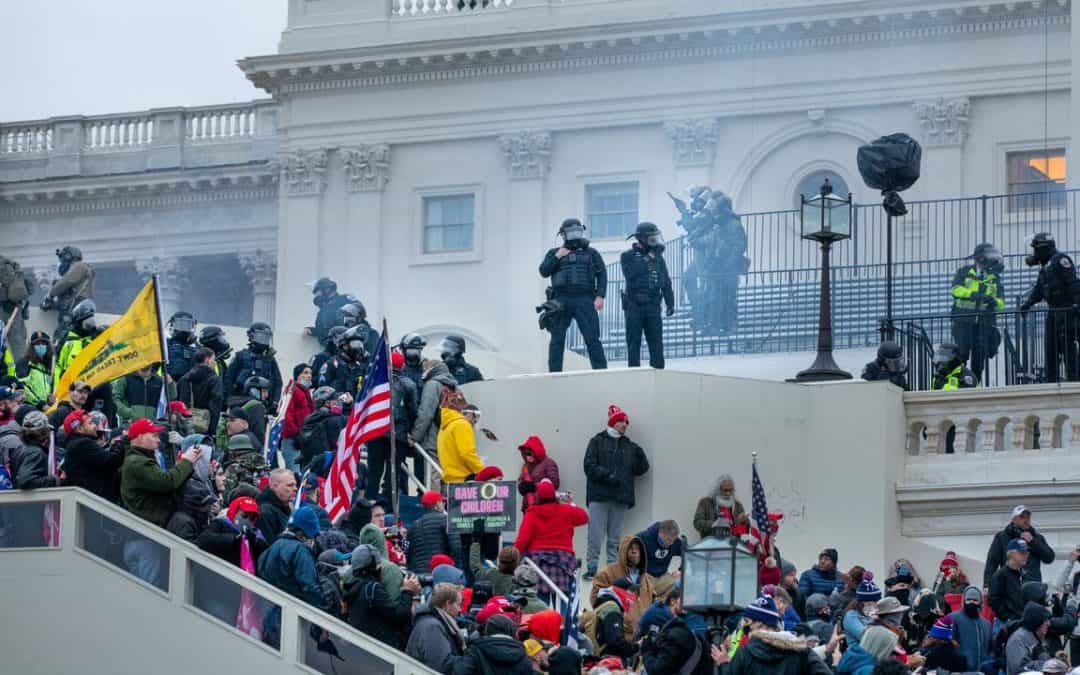
Alex Haley and Roots
Alex Haley and Roots
Roots, the television miniseries, aired over eight nights, from Sunday, January 23, through Sunday, January 30, in 1977, forty-five years ago. It proved wildly successful, despite ABC executives’ fears about showing white men kidnapping, buying, selling, and whipping black men, and women.
It made television history though. Some 30 million people watched it every night, although I missed the episodes, something I now regret, because I was busy studying in college.
Based loosely upon Alex Haley’s book of the same name that he published the year before, the miniseries followed the lives of four generations of enslaved African-Americans late in the eighteenth and into the nineteenth centuries.
There was Kunta Kinte, a teenaged boy who was kidnapped in Gambia, Africa, and transported across the Atlantic on a brutal, smelly slave ship to Annapolis, Maryland; Kunta Kinte’s daughter Kizzy; Kizzy’s son, Chicken George; and Chicken George’s son, Tom Harvey.
The cast included dozens of well-known black actors and actresses: LeVar Burton, as Kunta Kinte, later young Toby; Louis Gossett, Jr., as Fiddler; Leslie Uggams, as Kizzy; Ben Vereen, as Chicken George Moore; and Cicely Tyson, as Binta. Even O. J. Simpson starred as an African, Kadi Touray.
Among the white cast members were: Lorne Greene, of Bonanza; Vic Morrow, of Combat; Edward Asner, of The Mary Tyler Moore Show; Lynda Day George, of Mission: Impossible; Chuck Connors, of The Rifleman; Ralph Waite, of The Waltons; and Robert Reed, of The Brady Bunch.
As for the book, Haley devoted twelve years of steady work before completing Roots: The Saga of a Family. The most difficult part—Kunta Kinte’s ordeal when handcuffed to a board on a slave ship—Haley wrote nights, when at sea, on a freighter.
The book sold millions, and made Haley rich and famous.
Yet, it is still a question today, as it was in 1976, “Where in a library or a bookstore would you find Roots, in fiction or non-fiction?” I would lean toward fiction, in that Roots resembles James Michener’s novels: for example, The Source, Hawaii, Texas, Alaska, and Tales of the South Pacific.
Like Michener, Haley created memorable characters, placed them in a certain time and place, and recorded what he believed they said and did.
A writer named Michael Patrick Hearn wrote a lead essay last month in The New York Times Book Review, and in he described his relationship with Alex Haley, when both were at Hamilton College in Clinton, New York, in the late 1960’s, Hearn as a student, and Haley as his instructor.
Hearn says that at some point during the writing, “Haley’s ‘nonfiction’ book became a novel, though both author and publisher insisted that it was the unadulterated truth.” Haley was convinced that in Kunta Kinte, he had found his African ancestor, albeit back several generations.
Hearn though is more matter-of-fact. He writes, “Haley was not a scholar. He was not a genealogist. He was not even a novelist. What he was was a professional journalist always on the lookout for a good story. And he never found a better one than that of his own family history.”
Hearn quips, “Haley was not a historian, but he made history.” In 1977, Pulitzer Prize officials awarded him a “special award and citation” for journalism.
After his fabulous success, Haley was drug into court twice in 1978, on charges of plagiarism.
Margaret Walker Alexander, director of black studies at Jackson State College in Mississippi, brought a case against Haley, arguing that there existed “similarities between Roots and her novel Jubilee, that re-counted the life of her great-grandmother from 1835, into the Reconstruction era.”
Judge Marvin Frankel disagreed. On September 21, 1978, he issued “a 15-page opinion,” and said, that “no actionable similarities exist between the works.”
Then, on December 14, 1978, Haley agreed to a settlement, after a six-week trial, with Harold Courlander, a prodigious author who had written and published in 1967 a similar novel, The African.
Courlander’s novel tells of, “a slave’s capture in Africa, his horrific experience as cargo on a ship, and his struggle to hold on to his native culture in a harsh new world.”
Courlander’s suit alleged that, “Without ‘The African,’ ‘Roots’ would have been a very different and less successful novel.” A literary expert testified that, “The evidence of copying from ‘The African’ in both the novel and the television dramatization of ‘Roots’ is clear and irrefutable.”
Haley insisted that, “he did not plagiarize, but he admitted that some sections of ‘Roots’ appeared to have originally appeared in ‘The African.’” The settlement Haley paid was for a reported $650,000.
Despite the two trials’ negative publicity, Haley’s Roots “described the brutalities that one race inflicted on another.” Alex Haley passed away on February 10, 1992, at the age of seventy.





